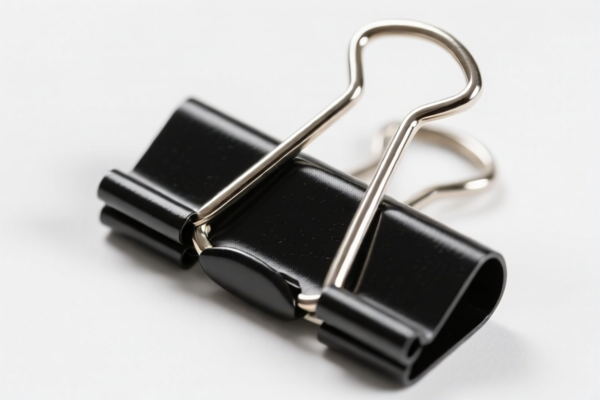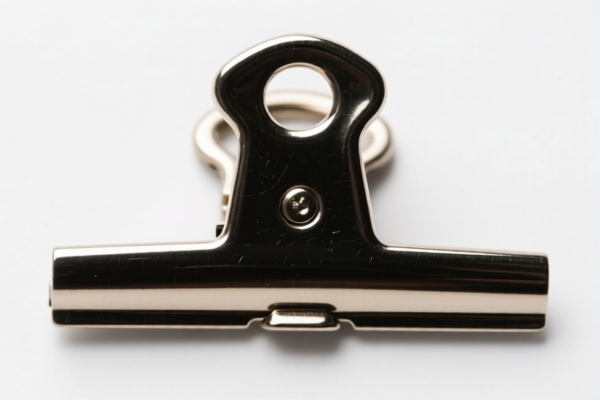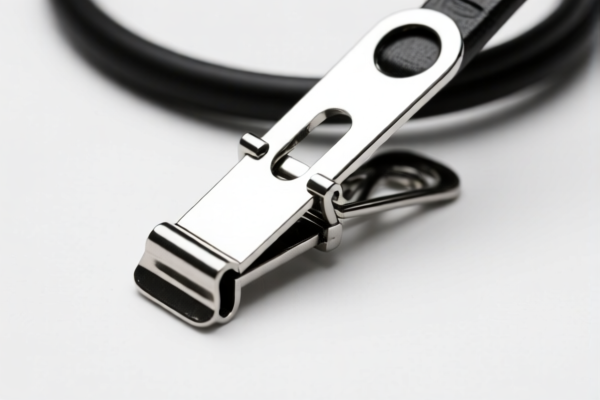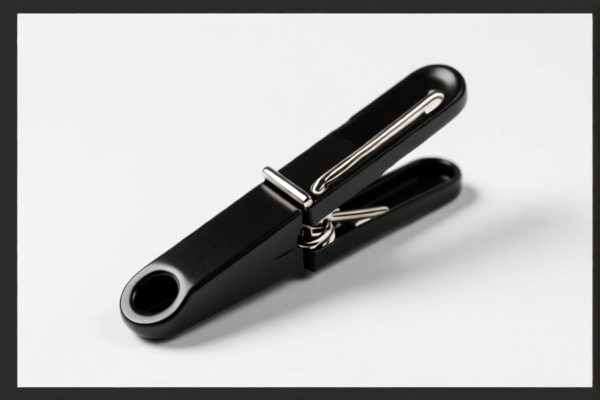| HS Code | Official Doc | Tariff Rate | Origin | Destination | Effective Date |
|---|---|---|---|---|---|
| 8305100010 | Doc | 40.4% | CN | US | 2025-05-12 |
| 8305100050 | Doc | 65.4% | CN | US | 2025-05-12 |
| 7415100000 | Doc | 57.5% | CN | US | 2025-05-12 |
| 7415390000 | Doc | 58.0% | CN | US | 2025-05-12 |
| 7419801500 | Doc | 58.0% | CN | US | 2025-05-12 |
| 7419805050 | Doc | 55.0% | CN | US | 2025-05-12 |
| 3926908500 | Doc | 44.0% | CN | US | 2025-05-12 |
| 3926903300 | Doc | 36.5% | CN | US | 2025-05-12 |
| 3923900080 | Doc | 58.0% | CN | US | 2025-05-12 |
| 4205000500 | Doc | 57.9% | CN | US | 2025-05-12 |
| 4205000500 | Doc | 57.9% | CN | US | 2025-05-12 |
| 4201006000 | Doc | 57.8% | CN | US | 2025-05-12 |




Card Clip
A card clip is a small device used to hold playing cards, business cards, or similar thin cards together. It functions as a simple fastener, preventing cards from being scattered or lost.
Material
Card clips are commonly constructed from the following materials:
- Metal: Stainless steel, aluminum, or plated alloys are prevalent due to their durability and sleek appearance.
- Plastic: Often acrylic or polypropylene, offering a lightweight and cost-effective solution.
- Wood: Less common, but used for aesthetic purposes or novelty items.
- Rubber/Silicone: Provide a non-slip grip and are frequently used for card holders intended for wallets or pockets.
Purpose
The primary purpose of a card clip is card organization and retention. They are utilized to:
- Secure decks of playing cards: Preventing cards from falling apart during shuffling or storage.
- Hold business cards: For professional networking and easy access.
- Keep identification or membership cards together: Streamlining wallet organization.
- Present cards in a neat fashion: Useful for displaying promotional or collectible cards.
Function
Card clips operate through spring tension or frictional force.
- Spring Clips: Utilize a metal spring to apply pressure to the cards, holding them firmly in place. These are the most common type.
- Friction Clips: Rely on the material's grip to hold cards together, often found in rubber or silicone versions.
Usage Scenarios
Card clips find application in a variety of settings:
- Gaming: Casinos, card game tournaments, and home use.
- Professional Environments: Business meetings, networking events, and office organization.
- Everyday Carry: Wallets, pockets, and cardholders.
- Retail & Display: Showcasing promotional cards or collectible items.
Common Types
- Standard Metal Card Clip: The most ubiquitous type, typically made of stainless steel with a spring mechanism. Available in various finishes (polished, matte, colored).
- Money Clip Card Holder: Combines the function of a card clip and a money clip, securing both cards and cash.
- Silicone Card Sleeve: A flexible sleeve that holds multiple cards together, providing a non-slip grip.
- Magnetic Card Clip: Uses magnets to hold cards together, offering a minimalist design.
- Plastic Card Clip: Lightweight and inexpensive, often used for promotional purposes or temporary card organization.
- Decorative Card Clips: Made from wood, acrylic, or other materials with aesthetic designs.
Based on the provided information, “card clip” can be classified under the following HS codes:
- 8305100010: This HS code covers Fittings for looseleaf binders or files, letter clips, letter corners, paper clips, indexing tags and similar office articles, and parts thereof, of base metal; staples in strips (for example, for offices, upholstery, packaging), of base metal: Fittings for looseleaf binders or files Ring binder mechanisms. The first two digits (83) indicate Chapter 83, which relates to miscellaneous manufactured articles of base metal. The first four digits (8305) specify Heading 8305, covering fittings and similar office articles of base metal. The six-digit code (830510) further defines this as fittings for looseleaf binders or files, specifically ring binder mechanisms.
- 8305100050: This HS code covers Fittings for looseleaf binders or files, letter clips, letter corners, paper clips, indexing tags and similar office articles, and parts thereof, of base metal; staples in strips (for example, for offices, upholstery, packaging), of base metal: Fittings for looseleaf binders or files Other. This code also falls under Chapter 83 and Heading 8305, but it covers other fittings for looseleaf binders or files that are not ring binder mechanisms.
- 3926908500: This HS code covers Other articles of plastics and articles of other materials of headings 3901 to 3914: Other: Fasteners, in clips suitable for use in a mechanical attaching device. The first two digits (39) indicate Chapter 39, which relates to plastics and articles thereof. The first four digits (3926) specify Heading 3926, covering other articles of plastics. The six-digit code (392690) further defines this as other articles of plastics, specifically fasteners in clips suitable for use in a mechanical attaching device.
Regarding HS code 8305100010 and 8305100050, the total tax rate is 40.4% or 65.4% respectively, with a base tariff of 2.9% and an additional tariff of 7.5%. After April 2, 2025, the additional tariff will increase to 30.0%. For steel or aluminum products under HS code 8305100050, an additional 25% tariff applies.
Regarding HS code 3926908500, the total tax rate is 44.0%, with a base tariff of 6.5% and an additional tariff of 7.5%. After April 2, 2025, the additional tariff will increase to 30.0%.
Customer Reviews
No reviews yet.